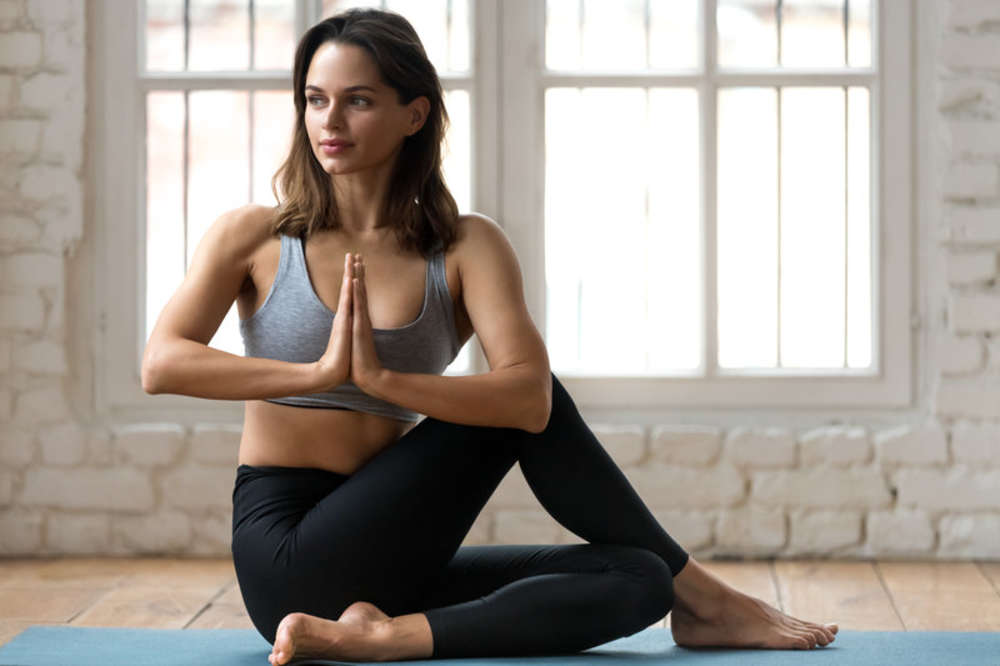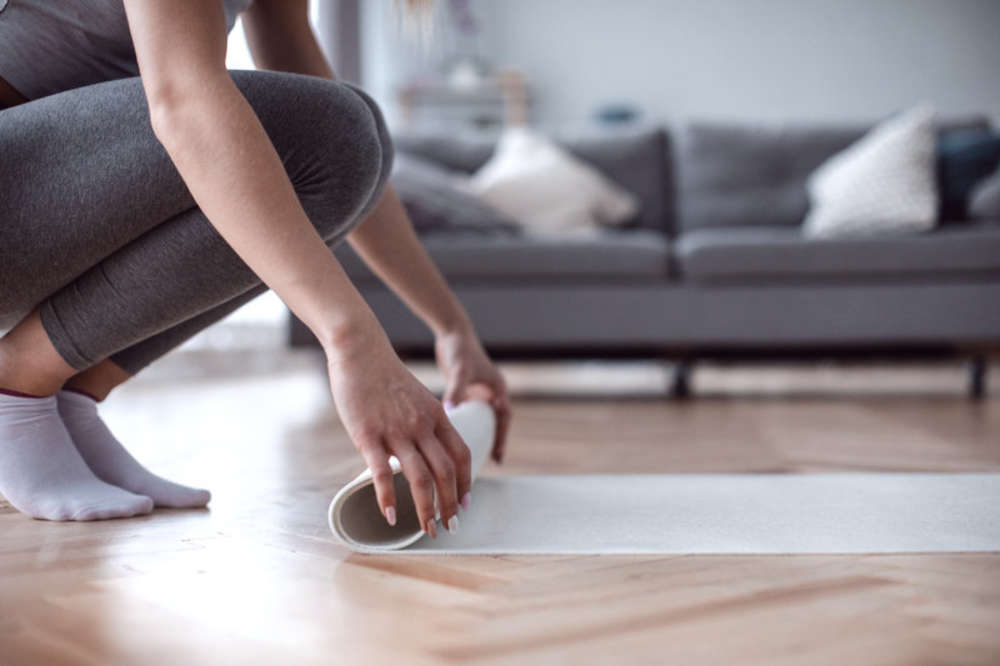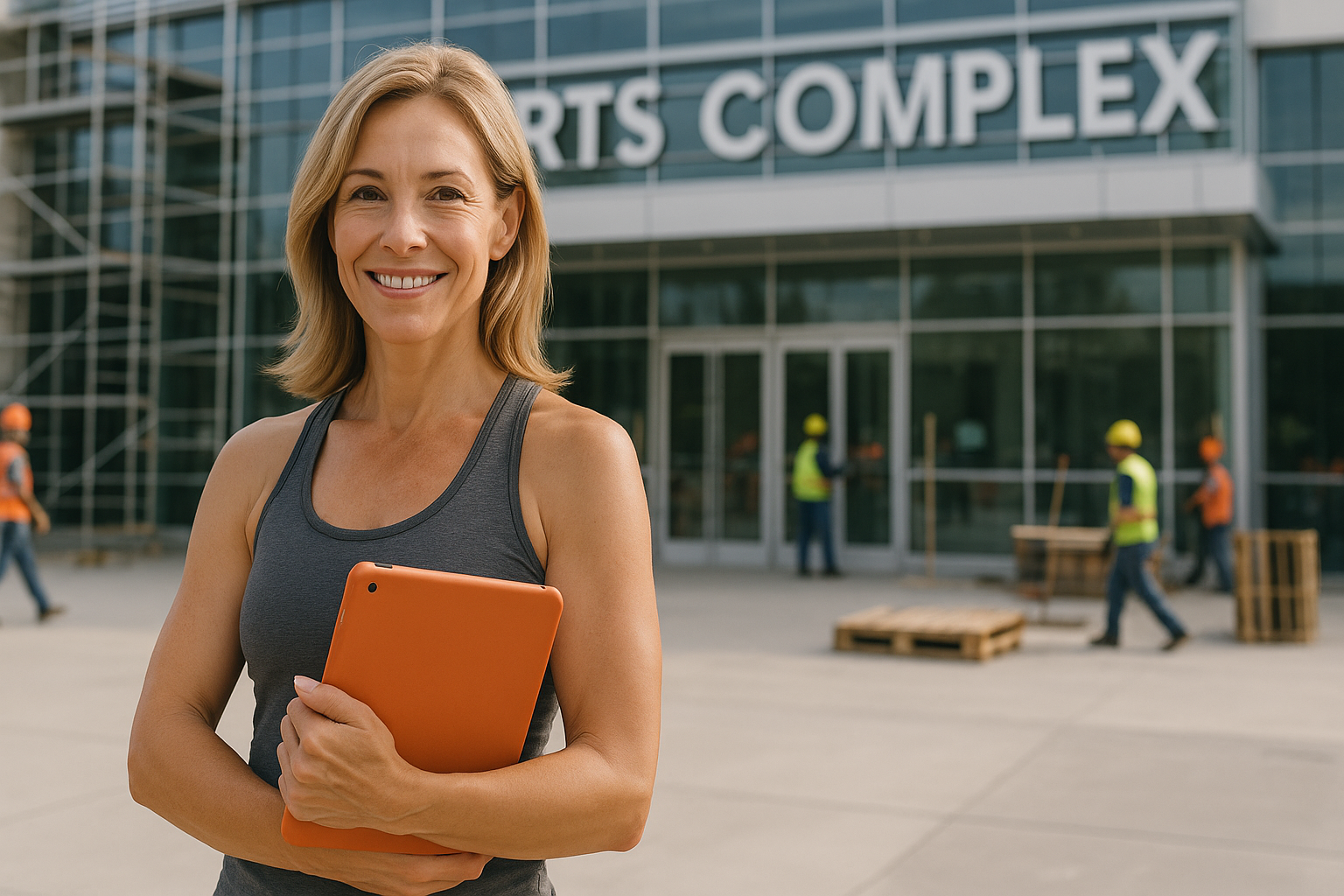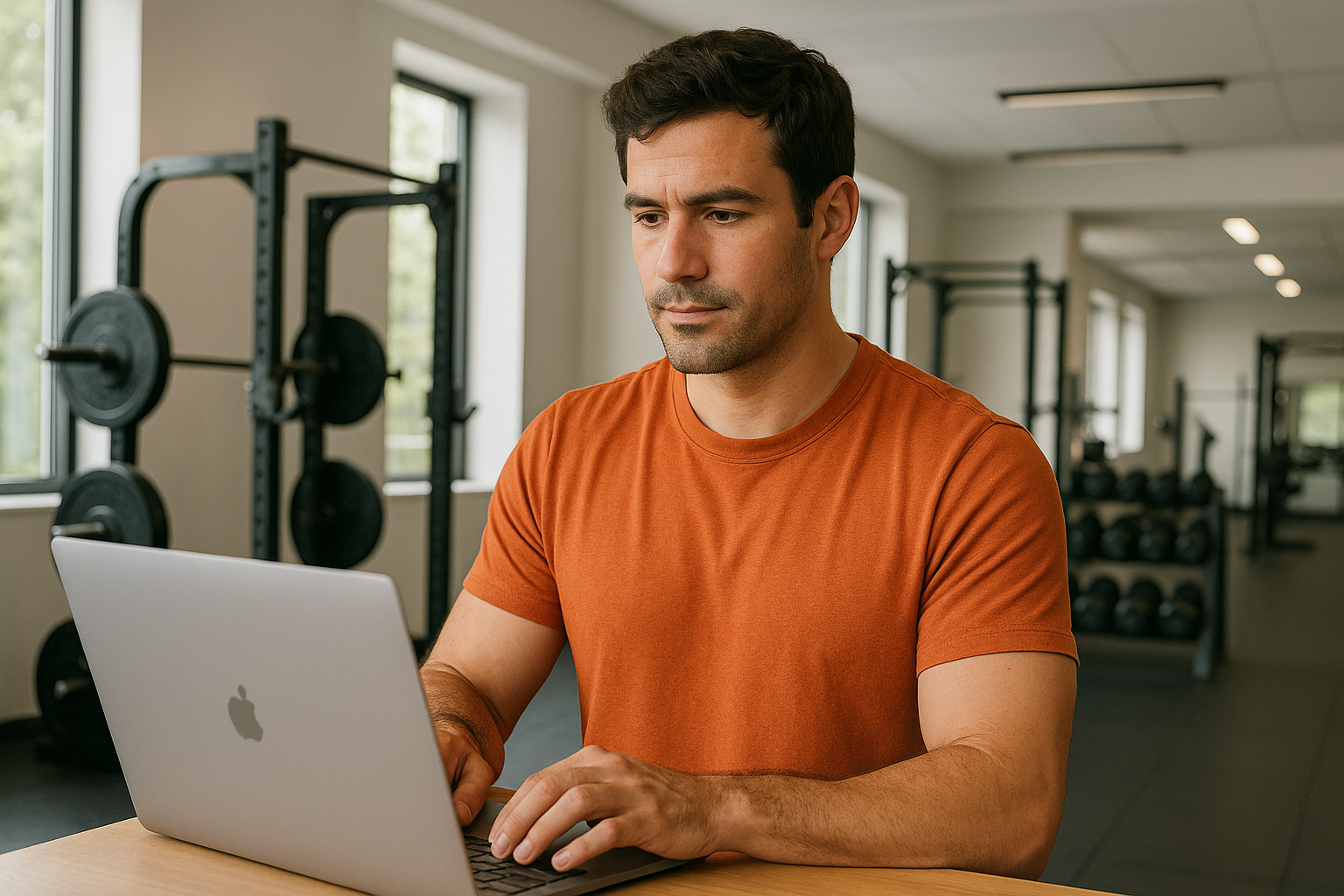When you think of yoga your mind might spring to beautiful people on beaches bending into shapes that resemble a pretzel.
While that’s certainly how the yogic elite of social media seem to like to spend their time, it doesn’t reflect the reality of the practice.
Unlike other physical exercises and activities, yoga is about the journey rather than the destination - this makes it the perfect activity for beginners.
It is a discipline used to learn how to balance the body and the mind by working both in the same sequence of movements.
Mindfulness practices are used in order to connect the body to your feelings through a combination of physical exercises (asanas), breathing exercises (pranayama) as well as meditation practice. So in each session you will work on all these aspects - whether you’re a beginner or teaching newbies.
How to start yoga classes
The easy answer? Find a space on the floor and begin. Of course you can kit yourself out with fancy clothes and a mat but really all you need is your body and a sequence to follow - that’s the beauty of it.There are a lot of online resources for yoga - many companies offer courses and lessons and classes can be found for free on social media sites like YouTube and Instagram.
If you want to start giving yoga classes for beginners you should utilize these online spaces in order to cater to newcomers. Build your personal brand online in order to showcase who you are and what you do. Your social media presence should reflect your style of teaching. You can also contact local yoga studios to see if there are any ways you can help with their beginner classes.
[caption id=“attachment_11179” align=“aligncenter” width=“640”]
 fizkes || Shutterstock[/caption]
fizkes || Shutterstock[/caption]
What does your client need for their first yoga class?
Despite yoga needing much less monetary investment than many other physical activities, there are plenty of yoga tips for beginners that include kitting yourself out with the right gear.
If you are looking into how to learn yoga at home or you want to help your clients learn to do yoga at home it makes sense to invest in good equipment, which will make your practice much easier AND much more fun! So, what should you teach in a beginner yoga class?
What equipment do you need for yoga?
You don’t need to have a lot of equipment to start doing yoga. Find out a list of yoga equipment you will need to get ready:
- A yoga mat: Although there are very cheap mats, it is better to buy a good quality one. Cheap mats are usually very thin, have little grip and slip on the floor. They also don’t last long, which could mean you spend more money in the long run.
- A yoga block or brick: If you’re worried about trying yoga because of flexibility issues - these will be your best friends. Experienced yoga instructors may rarely use blocks but if you’re a teacher, ensure you have one on hand to help with your newbie students. Using a block will give you more space and means you can attempt deeper stretches.
[caption id=“attachment_11261” align=“aligncenter” width=“640”]
 MediaGroup_BestForYou || Shutterstock[/caption]
MediaGroup_BestForYou || Shutterstock[/caption]
- Meditation cushion: If you want to experience all the benefits of yoga, a meditation session at the end is essential. In order not to be bothered by bad posture and to make it easy to sit comfortably for the duration of our meditation, we recommend that you buy a meditation cushion which makes this easier. This is one of the lesser-known areas of yoga that your new students may not be aware of - be sure to spend time teaching them about not only the physical but also the mental benefits of practicing yoga.
- Towel and water bottle: These are useful when beginning yoga - especially if you’re undertaking a fast flowing Vinyasa or Ashtanga class.
Answer your clients Q: Why should I do yoga?
What is yoga for? And why is it good to do yoga? The main objective for many people is to strengthen the body less aggressively than with other sports activities. This could be because you have an injury that needs some gentle attention. But yoga can also help with weight-loss and increase muscle tone and definition. A lot of people turn towards yoga for the physical benefits.
There is nothing wrong with that, but keep in mind that beyond the physical part, yoga exercises have been proven to have a positive effect on the mental and general well-being of people who start practicing it. Yoga has been known to help reduce levels of stress and anxiety and restorative styles can help balance out your mental state.
Yoga can help you boost your concentration in your day-to-day life or you want to have a “moment with yourself” in which you can think. Encouraging clients (or yourself) to embrace the more spiritual side of yoga has the power to have a profound and life-changing impact. So if a client asks you “what is the main purpose of yoga?” you’ve got a pretty long answer to give them.
How often should a beginner do yoga
Like any physical activity, the more effort you put in, the more you get out of it. Little and often is a good way for beginners to start. 10 minutes a day is far better than simply doing two one hour classes a month. The more often you practice yoga the more flexible and strong you will become - and the more fun it will become too!
If you’re a yoga instructor, the amount of time you can spend with beginners may depend on their budget. But a few weekly sessions is a great start. If you can record videos or live stream for your new clients to do at home they will be able to develop and grow in their practice while away from your studio too.
There are many varieties of yoga - so that means beginners have plenty of styles to choose from. If you are teaching students that are new to yoga, spend some time walking them through the different styles and encourage them to discover what they love the most. You may have a specialism in which you practice, so introduce them to this but also make space in the classes to bring in other elements.
If you’re a beginner yourself, we recommend that you always consult a professional who will help you and correct you as you advance. Beware: doing yoga alone without any corrections of form can lead to injuries over time.




